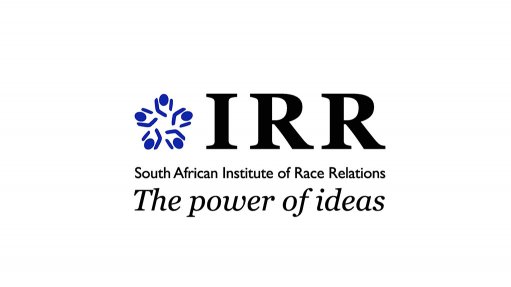
One of the biggest tragedies of the dysfunction in the South African school system is that it is black children who suffer disproportionately.
In a country with a divided history like South Africa’s, where people were economically and politically excluded on the grounds of race, this is a travesty. Apartheid continues to cast a long shadow across our schooling system.
On every measure, black pupils lag behind their counterparts of other races, especially white children. Only the most ignorant or the most racist would argue that this is because of inherent racial differences. Rather, it is because black pupils, due to a variety of factors – many linked to our tragic past – do not have access to the resources available to others.
Data from 2009 (the latest data for the overall matric pass rate by race to which the IRR has access) shows the overall matric pass rate was 60%, while the rate for black pupils was 54.5%. The pass rate for white pupils was nearly 99%, while some three-quarters of coloured pupils passed, and over 90% of Indians pupils. However, in former Model C schools the pass rates of black pupils was far higher. In these schools, nearly 90% of black pupils passed, along with a similar proportion of coloured pupils, nearly 99% of white pupils, and 98% of Indian pupils.
It is clear that where resources are available black pupils do as well as their white counterparts. The lower pass rate for black pupils in former Model C schools may be because of a number of factors, including the language barrier and the likelihood of some having been ill-prepared for high school due to shoddy primary school tuition. In addition, although many black pupils attending Model C schools are children of the rapidly growing black middle class, a large number will be from disadvantaged backgrounds. They may not have the advantages that more privileged pupils will have, such as access to extra lessons or a stay-at-home parent who can assist with homework. Nevertheless, the excellent performance of black pupils at former Model C schools is heartening, showing that resources are the true barrier to seeing more equitable outcomes in our schools. At the same time, the integration, and the results, in former Model C schools is one of the unheralded successes of post-apartheid South Africa, and something that should be celebrated.
Unfortunately, it is inevitable that people from disadvantaged backgrounds are likely to do worse, to some degree, than those from more privileged backgrounds, and international evidence backs this up. For example, in the United Kingdom only about 30% of pupils from poor backgrounds passed five subjects well in the General Certificate in Secondary Education (GCSE), which is a school-leaving certificate, roughly equivalent to matric. By contrast (and probably unsurprisingly), pupils from richer homes had better results, with 60% of pupils passing five subjects well. Lack of resources stunts disadvantaged children all over the world, not only in South Africa, and, by dint of our history, most of those who are disadvantaged are black.
Nevertheless, when those from poorer backgrounds have access to educational resources, they can succeed. At the same time, it is not only former Model C schools that produce good results. Many schools that have a lack of resources produce good results. The difference in these schools and very similar schools which have low pass rates, is often in leadership. Even in schools where resources are lacking, if there is a strong principal, results will be good – teachers will be on time and teaching, and there will be discipline among pupils. Unfortunately, there are simply not enough of these schools, but there is every reason why they should emulated, and the mechanics of their success replicated.
Too many of our children are stuck in poorly performing schools with no hope of escape, and a bleak future. What is the solution?
The solution is to give parents more choice about where they want to send their children. People need to be given the opportunity to send their children to a well-performing private or government school, rather than being shackled to a failing government system. One way in which this can be done is by providing parents with education vouchers. These education vouchers could be used at any school (including private ones). They would be funded out of the education budget and would be worth a given amount per year (say R16 000), with parents being able to top up the amount if they so wished. The virtue of this system is that parents would have a wider range of schools to choose from, and this would lead to more competition between schools. Schools will have to work harder to retain their scholars and will have to raise their standards, or risk being forced to close down.
A voucher system will not solve the problems of our education system overnight, but it will put us on the path to recovery. This is one tool we can use to ensure that we have an education system that our children deserve. Parents, government, and teachers need to work together to build a world-class education system, without which we face a bleak a future as a country.
Written by Marius Roodt, a Campaign Manager at the Institute of Race Relations (IRR). For more details of the IRR’s campaign, go to www.irr.org.za/campaigns/giving-power-back-to-parents